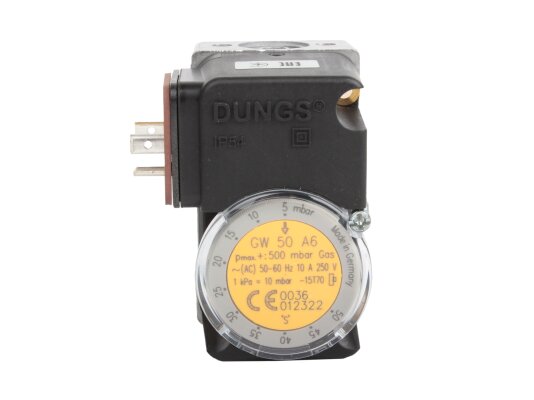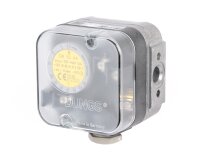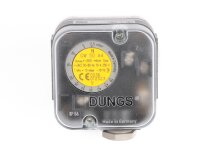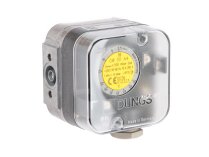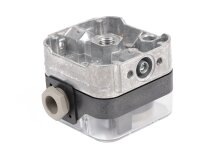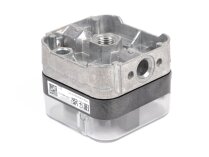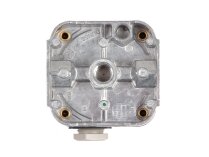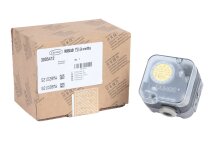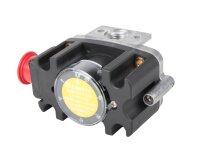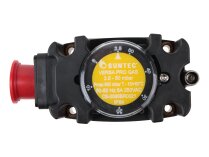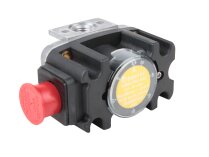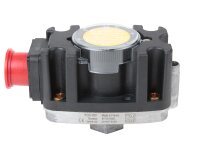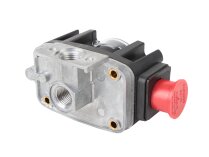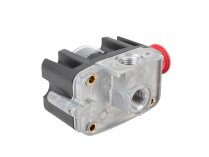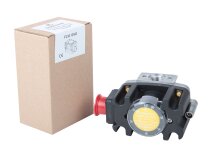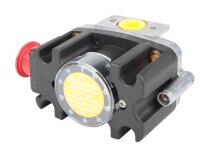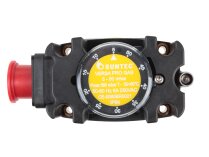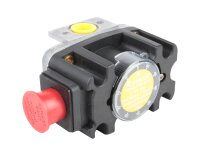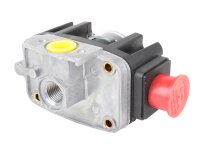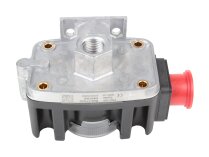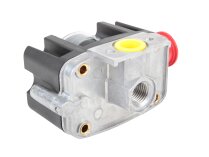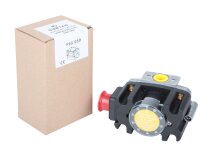Pressure switch Dungs GW 50 A6, 272615
Alternative Part Number
Q107/4
Elco
13006066
Baltur
23855
FBR
172108_3
66013003
Baltur
0005040079
Q107/42
460070009500
210971
1768854488
228725
Lamborghini
04040790
About product
Go to descriptionAED 305
Description
The Dungs GW 50 A6 gas pressure switch is a compact device for monitoring excess pressure/vacuum pressure with the ability to easily adjust the switching point. The sensor is designed for integration into automatic gas supply control systems in combustion units. It is characterized by ease of setup and connection, and reliability in operation. Conforms to the European standard EN 1854, class "S".
Operating principle and design
The relay operates on the principle of a switch. The contact closes and a signal is transmitted to the burner automation when the pressure reaches the set value.
The response limit is set manually by turning the wheel with digital markings. The adjustment range is from 5 to 50 mbar, response - 3 mbar. The device is equipped with a nipple for measuring pressure.
The housing is cast from aluminum and prevents dirt and moisture from penetrating into the device. Electrical contacts are made of silver and sealed to IP 54 protection class. Switch material is polyamide, membranes are made of butadiene-nitrile rubber.
Simple and reliable installation in the system is carried out thanks to the Rp 1/4 threaded hole. The temperature range for stable operation is very wide - from -15 ° C to + 70 ° C.
Advantages:
Reliable performance;
Metal case;
Measuring nipple;
Protection against dust and moisture IP 54;
Wide range of operating temperatures;
Simple and quick installation in the gas system.
Installation features
The Dungs GW 50 A6 gas pressure switch can be placed vertically (standard position) or diagonally, horizontally, in an inverted position. The response point shifts when choosing a non-standard placement - the relay switches at a lower / higher pressure relative to the set value. All information on installation, connection and operation is reflected in the manufacturer's instructions.
Characteristics
Analogues


